Do you hear what I hear? It’s the sound of some awesome anatomy truthiness coming atcha! The middle and inner ear are kind of overlooked in the cool anatomical structures department, so I decided to honor some of the awesome things inside that head of yours.
1. The smallest bone in the body resides in the middle ear.
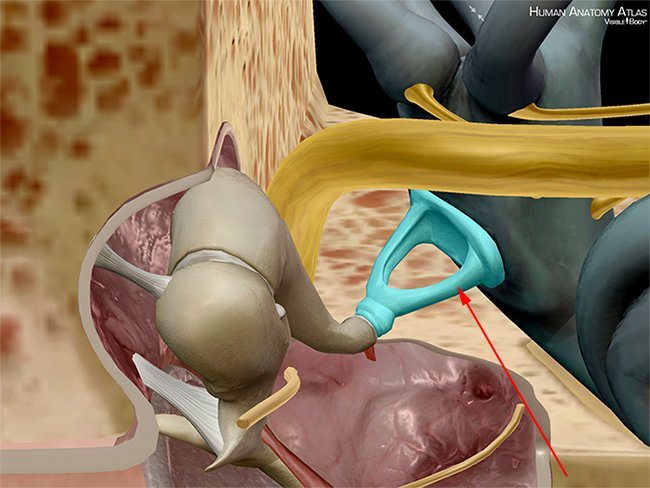
The stapes, also known as the stirrup, is one of the auditory ossicles, consisting of a head, neck, two crura, and base. It looks sort of like a wishbone, or, well, a stirrup! Sound waves strike the eardrum and the vibrations travel into the middle ear. When these vibrations reach the stapes, it pushes the membrane of the oval window, building pressure waves in the cochlea, and this begins a process that generates nerve impulses.
2. The smallest muscle in the body is also in the middle ear.
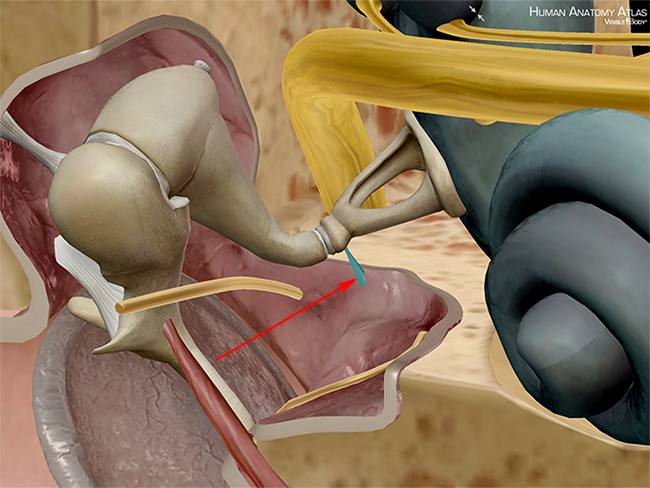
The stapedius muscle attaches to the stapes. It stabilizes the bone and dampens large vibrations to protect the oval window from loud noises.
3. The ear is not just for detecting sound.
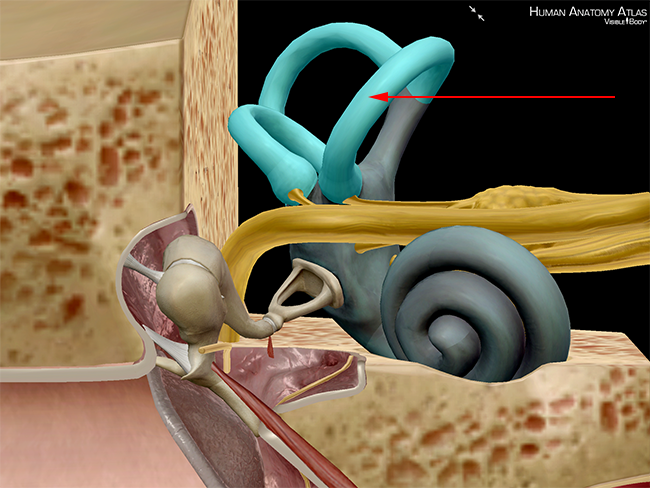
The semicircular canals of the vestibule of the inner ear are responsible for balance. They provide sensory input for equilibrium by detecting acceleration or deceleration. Each canal ends in an ampulla; these ampullae contain fluid that moves when the head does. The movement of the fluid causes hair cells to bend, which generates nerve impulses.
4. The ear drum actually looks like a drum.
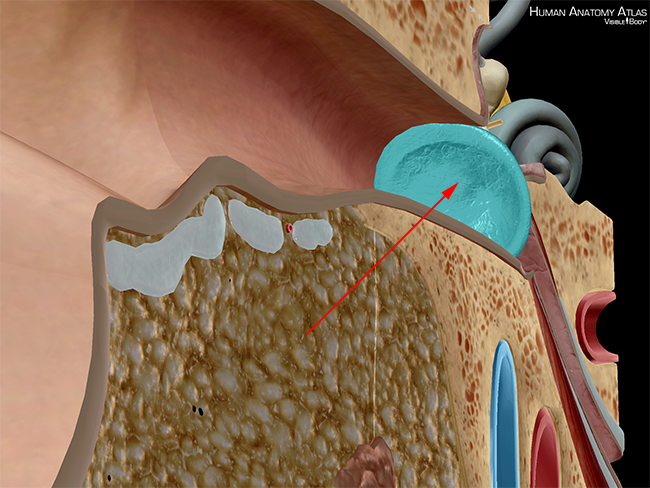
The ear drum is a thin, oval-shaped membrane that separates the external auditory canal from the middle ear. Sound waves strike the ear drum, creating vibrations that travel to the auditory ossicles.
5. You have a pressure equalizer in your head.
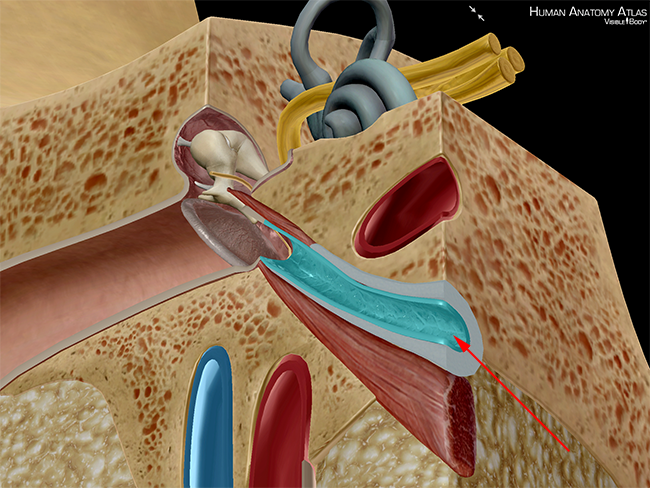
Do your ears sometimes “pop” when you yawn? This is actually the Eustachian tube opening, stabilizing pressure in the middle ear with outside air pressure. The Eustachian tube is a channel that links the cavity of the middle ear with the nasopharynx.
Sourse:http://visiblebody.com/
Sem comentários:
Enviar um comentário
Gostou do meu Blog? Envie a sua opinião para lmbgouveia@gmail.com